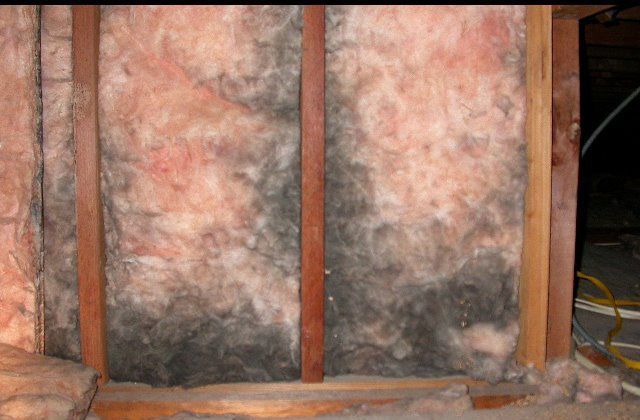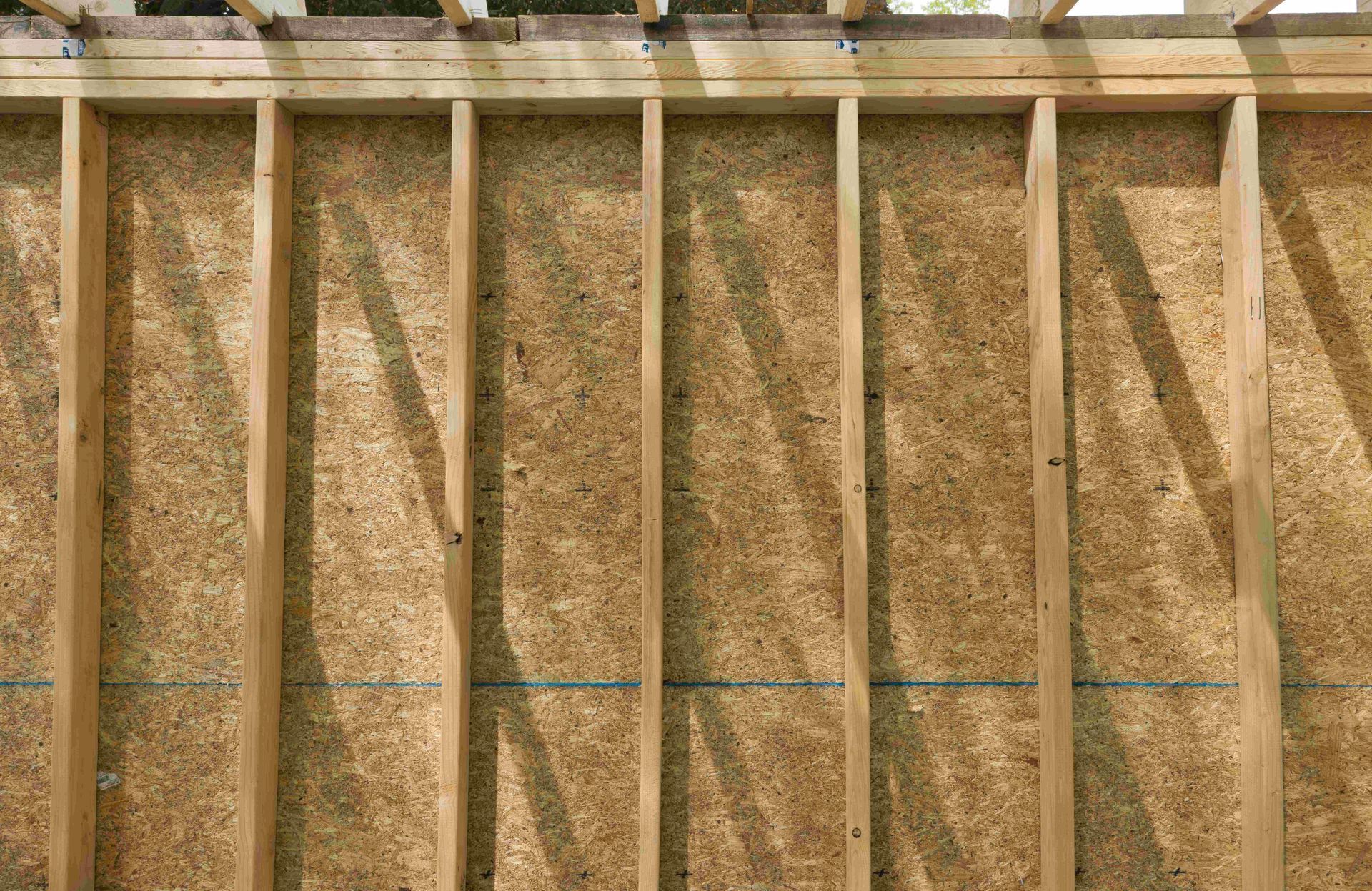Spray Foam vs. Traditional Insulation: Which is the Better Choice?
When it comes to insulating your home or commercial space, you have several options to choose from. Among the most popular are traditional insulation materials like fiberglass and cellulose, and innovative spray foam insulation. Each type has its merits, but in this comprehensive comparison, we'll explore why spray foam insulation stands out as the better choice

Installation Process and Coverage:
Traditional Insulation:
Fiberglass and cellulose insulation are typically installed in pre-cut batts, rolls, or loose-fill form. This can make it challenging to achieve complete coverage, leaving gaps and air pockets that compromise the overall effectiveness of the insulation.
Spray Foam Insulation:
Spray foam, on the other hand, is applied as a liquid that expands to fill every crack, crevice, and void in the space, creating a seamless and airtight thermal barrier. This ability to conform to irregular shapes and hard-to-reach areas ensures comprehensive coverage, reducing energy-wasting air leaks and drafts.
Air Sealing Capabilities:
Traditional Insulation:
Fiberglass and cellulose insulation are not effective air barriers. Air can easily pass through the fibers or loose-fill, leading to significant energy loss and potential drafts in the building envelope.
Spray Foam Insulation:
Spray foam insulation's biggest advantage lies in its superior air sealing capabilities. The foam's expansion and adhesion properties allow it to seal even the tiniest gaps, preventing conditioned air from escaping and outside air from infiltrating. This air sealing effect enhances energy efficiency and indoor comfort.
R-Value and Thermal Performance:
Traditional Insulation:
Fiberglass and cellulose insulation have respectable R-values (thermal resistance) per inch, but they can be lower compared to spray foam. This means achieving the same level of insulation may require thicker layers of traditional materials.
Spray Foam Insulation:
Closed cell spray foam, in particular, offers a higher R-value per inch than traditional insulation materials. With an R-value ranging from 6.5 to 7.0 per inch, it provides excellent thermal resistance in a relatively thin layer. This higher R-value means better insulation performance and increased energy savings. For more information on this, check out this post for a better Understanding R-Value and Its Importance in Spray Foam Insulation.
Moisture Management:
Traditional Insulation:
Fiberglass can absorb and retain moisture, leading to reduced thermal performance and the risk of mold growth. Cellulose is treated with fire-retardant chemicals, which can act as a moisture barrier, but it may still be prone to mold and deterioration in damp conditions.
Spray Foam Insulation:
Closed cell spray foam is an effective moisture barrier, preventing water vapor from infiltrating the building envelope. It helps reduce the risk of mold, mildew, and rot, promoting a healthier indoor environment.
Long-Term Performance and Durability:
Traditional Insulation:
Over time, traditional insulation materials like fiberglass may settle, leading to a decrease in R-value and potential gaps in the insulation layer. Cellulose may also settle slightly, reducing its overall effectiveness.
Spray Foam Insulation:
Spray foam maintains its integrity and performance over the long term. Its durable and stable nature ensures that it won't sag, settle, or deteriorate, providing consistent insulation and energy efficiency for many years.
Environmental Impact:
Traditional Insulation:
Fiberglass and cellulose insulation are generally considered environmentally friendly, as they often contain recycled materials. However, the manufacturing process still requires significant energy consumption.
Spray Foam Insulation:
Spray foam can also be considered eco-friendly due to its energy-saving properties. By reducing energy consumption and greenhouse gas emissions, spray foam helps to mitigate the impact of climate change.
Conclusion:
While traditional insulation materials like fiberglass and cellulose have been widely used for decades, spray foam insulation offers a clear advantage in terms of air sealing capabilities, higher R-value, moisture management, and long-term performance. Its ability to create an airtight seal, coupled with its excellent thermal resistance, makes it the superior choice for achieving maximum energy efficiency and indoor comfort. As a homeowner or business owner looking to insulate your property, choosing spray foam insulation will undoubtedly provide a long-lasting and cost-effective solution. Consult with a member of Next Generation Foam to explore the best options for your specific needs and experience the benefits of spray foam firsthand.
Let’s talk about your project
Fill in the form or call to set up a meeting at (715) 255-2632



